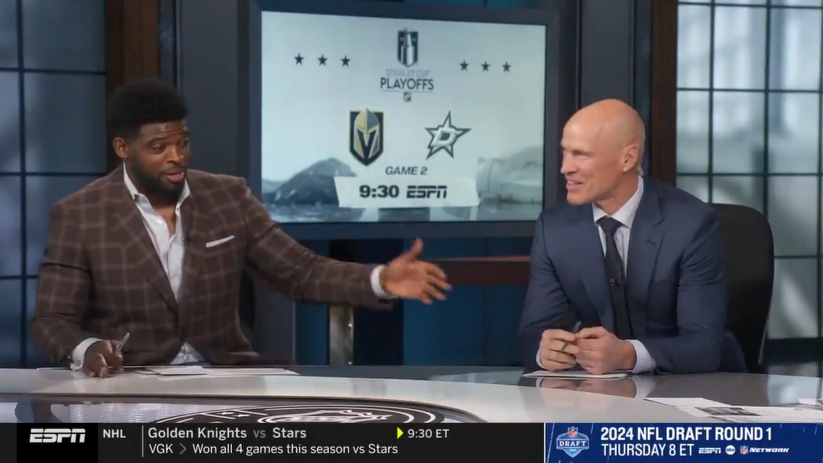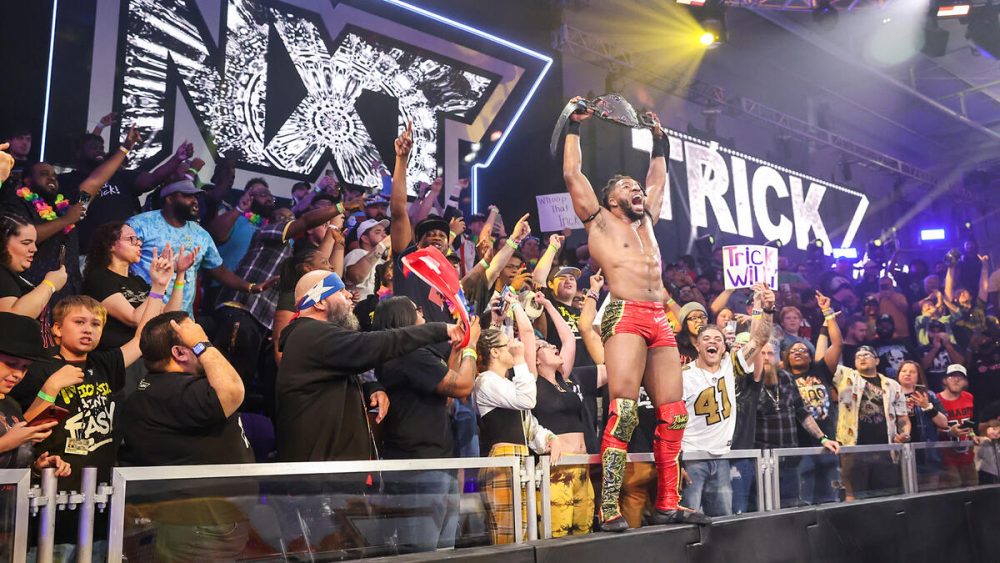Everybody loves bowl games, except maybe the people who are paying to name them.
USA Today’s Brent Schrotenboer noticed a trend that seems to be multiplying across the college football postseason system. Whereas the number of bowl games has grown over the years (18 in 1996, 35 in 2011, 41 in 2016), the number of bowl games that failed to land a naming rights sponsor has also inched up (three in 2014, four in 2015, six in 2016).
The latest
While major corporations and name brands were the only kinds of sponsors originally, the glut of bowl games with regional appeal eventually gave way to naming sponsors that left many viewers scratching their heads. What is Royal Purple? What is Bridgepoint Education? Where does one eat at Beef O’Brady’s? Is Bell Helicopters really selling helicopters to college football fans? And who can forget the Poulan Weed-Eater Independence Bowl?
But in recent years, due to an explosion of bowl games, a rise in mediocre football contests, and the introduction of the high-profile College Football Playoff, it seems as though naming rights aren’t the sure thing they used to be. Considering that every season now seems to require a handful of teams with losing records to fill those spots, it’s no surprise that the NCAA has put a moratorium on expanding the bowl system until at least 2019. Even if they wanted to expand at that point, is there enough money to go around at this point?
The International Bowl already met it’s demise because it couldn’t find a naming sponsor. Multiple other bowl games seem to survive based on that sponsorship. Per Schrotenboer, the Birmingham Bowl counts on a $200K payment from the city of Birmingham to cover the lost revenue now that it’s failed to land a naming sponsor for the second-straight year.
Some point to the College Football Playoff for siphoning away value from the lower bowl games. For the first time in a long time, multiple bowl games “matter” in a way that most of them do not. 90 percent of the games are glorified exhibition games, and now that there’s something with a real effect to compare them against, the shine is off.
Others point to ESPN for the way the network manages the entire schedule, prioritizing certain games over others. ESPN has a financial stake in most of the bowl games (televising all but four) and treats them much the way a corporation treats franchises. The more they can pack into an area, the better it is for them and the worse it is for each individual game. That’s why declining bowl attendance doesn’t matter to them, so long as they can make their ratings numbers.
So what does the future hold for bowl games? It probably depends on what the future hold for ESPN and the College Football Playoff. If the playoff expands to eight games as many expect it eventually will, that’s likely to devalue many of those lower bowl games even more. Given that so many of them are struggling to make money as it is, you have to wonder if we’ve finally reached peak bowl game and might see some retraction.
As we all know, the entire point of a bowl game is to make money (shhh), so if you can’t make money, why bother?








Comments are closed.